NASA/Insider
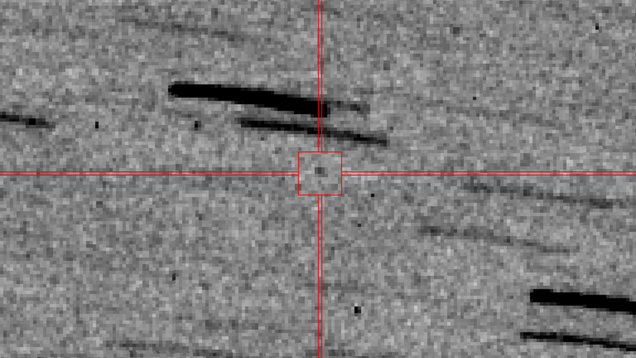
NASA’s $800 million OSIRIS-REx mission launched to space in September 2016 with a simple, albeit ambitious, objective: travel to a distant asteroid and bring back a sample of it.
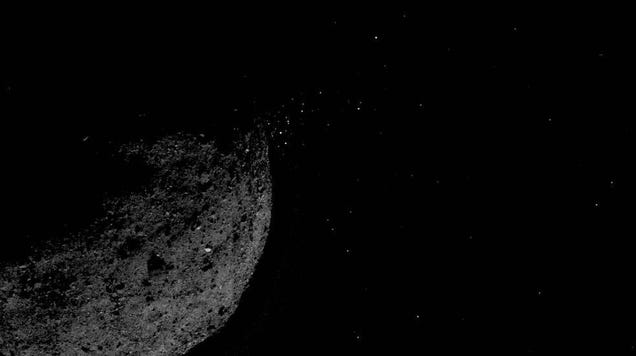
A mighty spacecraft is headed towards Earth, carrying rock and dust from a distant asteroid to hand off to eager scientists waiting to analyze the precious sample. The OSIRIS-REx mission recently fired its thrusters to set itself on a course towards the sample drop-off site, with its rendezvous on Earth scheduled for…
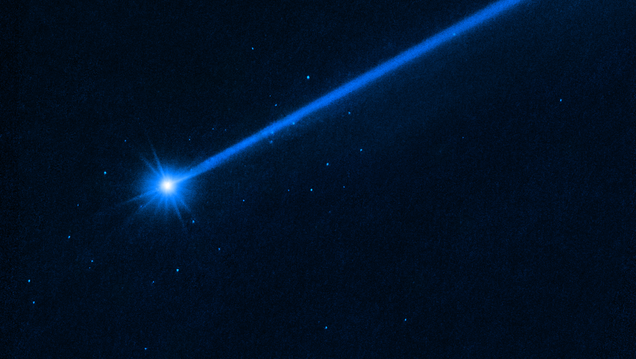
After the successful impact of NASA’s DART mission on the Dimorphos asteroid, scientists have encountered a series of unexpected outcomes, the latest being the unanticipated lengthening of the asteroid’s orbital period around its larger partner, Didymos.
The Lucy spacecraft is getting closer to its first asteroid encounter, a small, stony celestial body that was recently added to the mission’s itinerary.
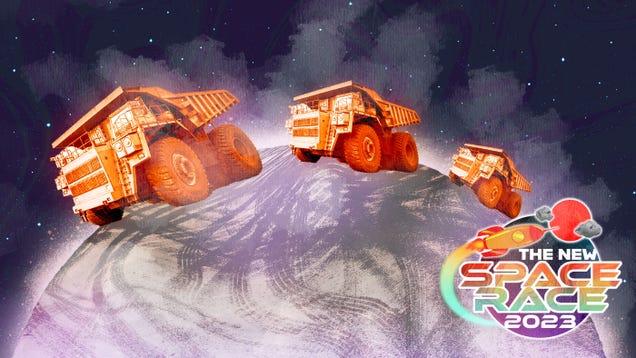
The new era of space exploration is opening entirely new possibilities, including the tantalizing prospect of mining for resources on the Moon and asteroids. Sounds exciting—and potentially very profitable—but the reality of the situation is that space mining is completely uncharted territory. Plenty of prospecting…
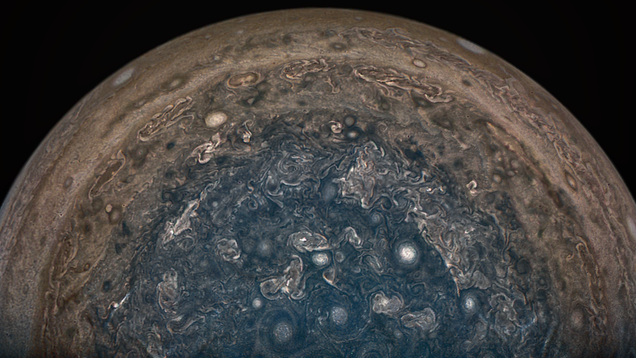
As the largest planet in our solar system, Jupiter is not one to play with. That doesn’t stop wandering comets or asteroids from testing the gas giant, occasionally crashing into Jupiter due to its enormous size and immense gravitational pull.
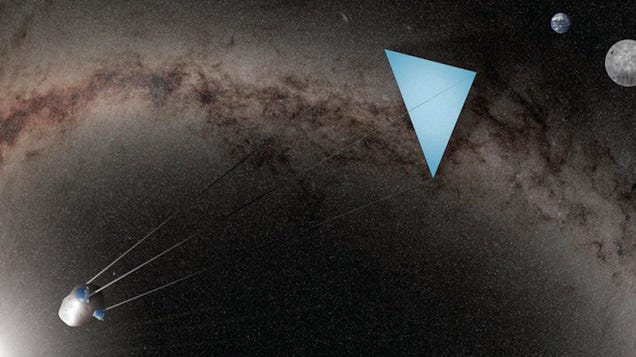
The solution for protecting the planet from some of the sun’s rays could be a space “umbrella.” A study published the scientific journal PNAS in June outlines a University of Hawai’i researcher’s plan for hitching an umbrella or shield onto an asteroid to block some of the sun’s rays.
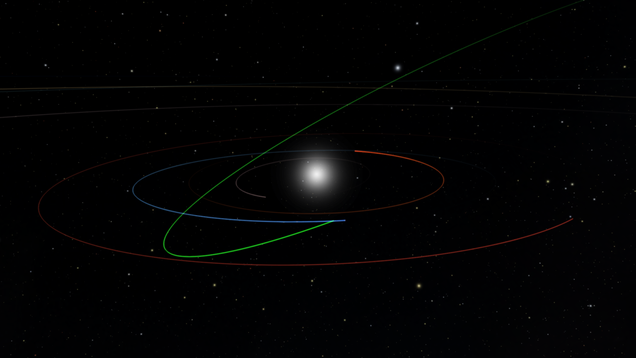
An asteroid-hunting algorithm set to be implemented in the Vera C. Rubin Observatory’s 10-year survey spotted its first potentially hazardous asteroid, proving the algorithm’s capabilities in advance of the observatory’s opening.
